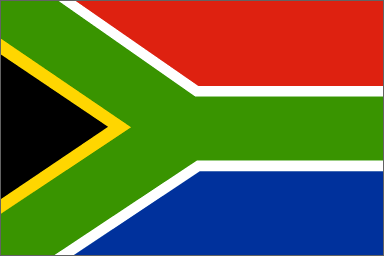|
|
| Line 12: |
Line 12: |
| | Summary here | | Summary here |
| | | | |
| − | '''Meeting time:''' Thursdays 2 - 3 p.m. | + | '''Meeting time:''' Wednesdays 4 - 6:30 p.m. |
| | | | |
| − | '''Location:''' NOTE THAT THE ROOM HAS CHANGED (again, but hopefully for the last time) to TLS 263. | + | '''Location:''' Bamford Room TLS 171B. |
| | | | |
| | == Required Reading: == | | == Required Reading: == |
| | | | |
| − | You should arrive every week having read the preceding Tuesday’s Science Section in the New York Times, and ready to discuss it. | + | You should arrive every week having read what ever information has been posted or linked to the date, and be ready to discuss it. |
| − | You have several options for access to the NYT: You can use the order form to order a personal subscription '''OR''' You can pick up a FREE copy of the paper at selected locations on campus, as long as you arrive before the free copies are all gone ''' OR ''' You can read the paper FREE [http://www.nytimes.com online].
| + | |
| | | | |
| | | | |
| Line 25: |
Line 25: |
| | | | |
| | | | |
| − | READING: We would like you to read the articles in the Science section critically, assessing the quality of articles from the point of view of:
| |
| − |
| |
| − | ''Accuracy:'' does the article say things you know or suspect to be wrong?
| |
| − |
| |
| − | ''Evidence:'' is there sufficient evidence presented for you to believe the conclusions drawn by the reporter?
| |
| − |
| |
| − | ''Balance:'' does the reporter consider alternative explanations? Are experts from all sides of an issue interviewed and quoted?
| |
| − |
| |
| − | ''Clarity:'' how hard is it to understand the article? Pretend to be your grandmother while thinking about this one!
| |
| − |
| |
| − | ''Newsworthiness:'' why did the reporter decide to focus on this story? Why did the editor run it? How likely it that the information presented will change policy/technology/behavior/the world?
| |
| − |
| |
| − |
| |
| − | PRESENTATIONS: Every student will be expected to present an analysis of a news article to the rest of the group at least once. Students should pick an article, read it, then investigate the background of the story in the primary scientific literature. Read the technical paper that prompted the story, at least. Reconsider all issues listed above; your presentation should address how good a job the reporter did achieving accuracy, balance, and clarity. Your presentation should also address what the scientist did, or could have done, to increase the chances that the reporter would produce an accurate, clear, engaging story.
| |
| | | | |
| − | Given the level of enrollment, and the limited number of weeks for presentation, ''at least some students will have to present in pairs''. '''Presentation partners should consist of graduate/undergraduate pairs'''; NO undergrad/undergrad or grad/grad pairs. Talk to Margaret if you would like to present with a partner and you aren't sure how to secure one.
| |
| | | | |
| | == Discussion Schedule == | | == Discussion Schedule == |
Revision as of 16:33, 21 January 2010
South Africa IRES 2010
Faculty:
John Silander, Carl Schlichting, Cindi Jones and Kent Holsinger
Summary here
Meeting time: Wednesdays 4 - 6:30 p.m.
Location: Bamford Room TLS 171B.
Required Reading:
You should arrive every week having read what ever information has been posted or linked to the date, and be ready to discuss it.
Expectations for Students
Discussion Schedule
| Week of:
|
Who
|
Topic
|
Notes
|
| 28 Aug |
M.Rubega |
Class intro: organization. |
: Some paper Some paper
|
The two main scientific articles referenced in the NYT piece are here and here, but feel free to read them casually as they are a bit technical.
Related Reading
